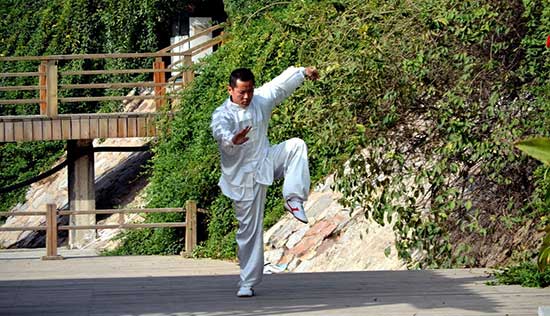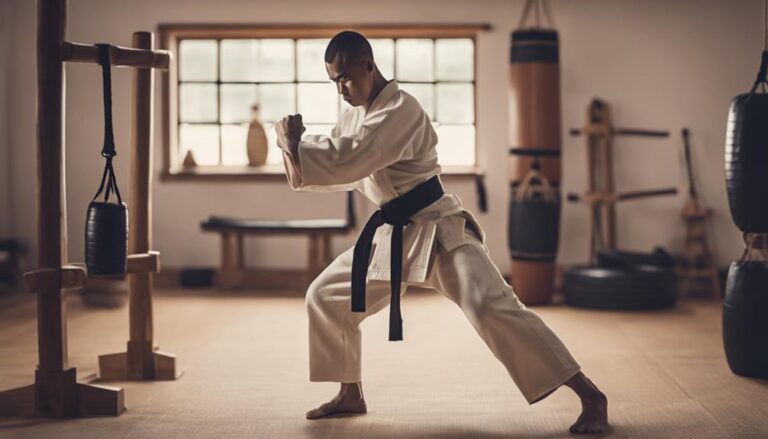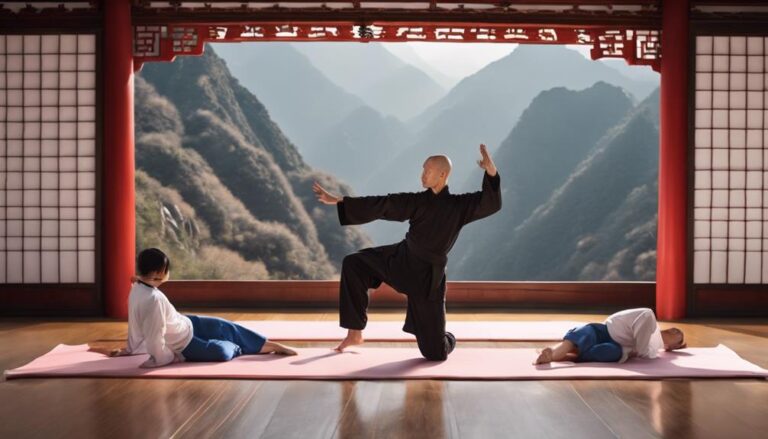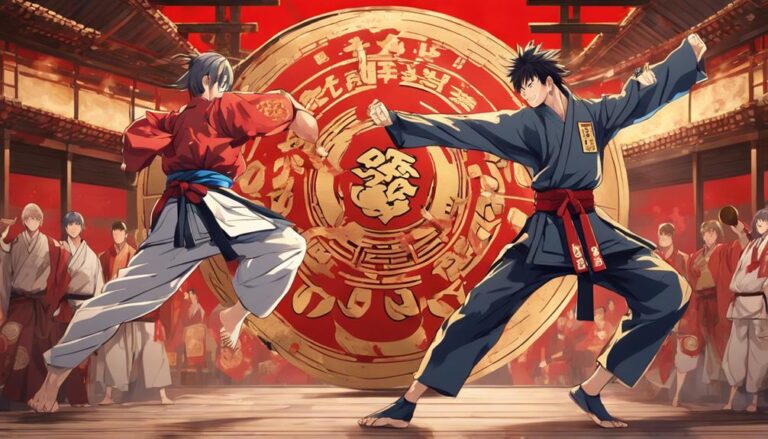As you stand at the crossroads of martial arts, the path divides into the flowing river of Tai Chi and the striking lightning of Wing Chun.
Each offers a journey through ancient traditions and philosophies that shape the body and mind.
You’re about to explore how these arts contrast in their approaches to combat, self-defense, and personal development.
With their roots deeply embedded in Chinese culture, they diverge in their paths—Tai Chi, with its meditative, fluid movements focusing on internal energy and Wing Chun, emphasizing speed, efficiency, and close combat.
Let’s venture further into understanding which path might align with your spirit and goals, unveiling the mysteries that have captivated warriors and peace-seekers alike for centuries.
Contents
Origins and Philosophy
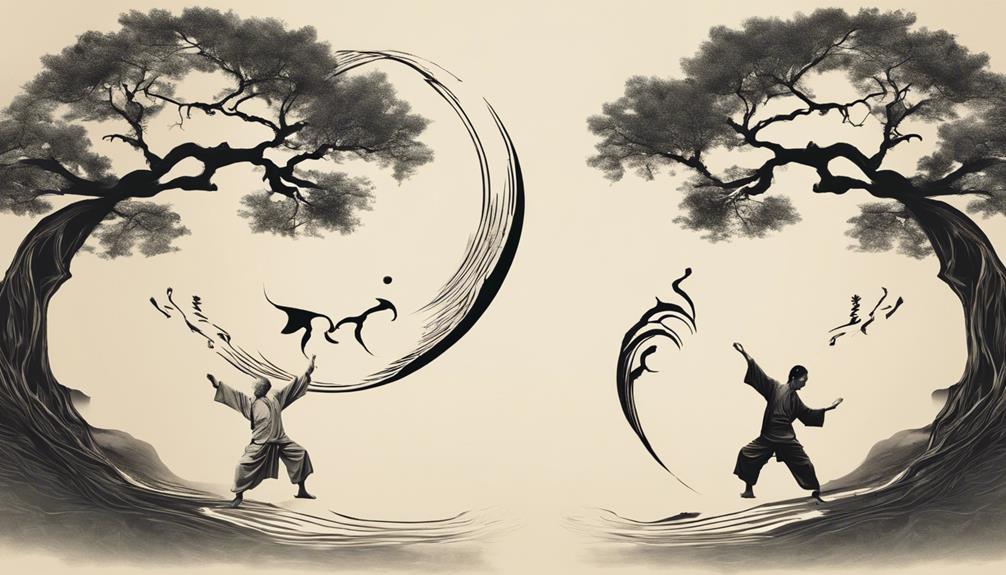
Exploring the origins and philosophies of Tai Chi and Wing Chun reveals a rich tapestry of ancient Chinese traditions and martial arts innovation, each emphasizing unique approaches to combat, self-defense, and personal well-being.
Tai Chi, deeply rooted in the cultivation of internal energy known as qi, emphasizes fluid movements and relaxation. Its philosophy seeks therapeutic benefits, advocating for inner balance and harmony through slow, deliberate movements akin to a graceful dance.
Conversely, Wing Chun, developed by a Buddhist nun, focuses on close-range combat, prioritizing speed, accuracy, and efficiency. It appeals to those seeking practical self-defense skills, emphasizing quick strikes, simultaneous blocking and attacking, and the deflection of an opponent’s force.
Both arts, while distinct, offer profound insights into the cultivation and management of internal energy.
Fundamental Techniques Compared
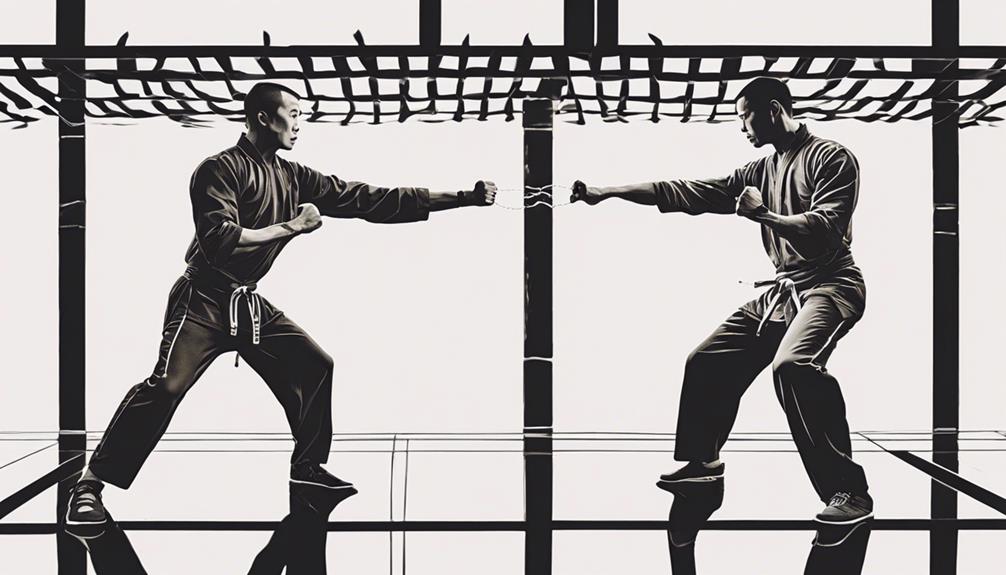
You’ll find that comparing the stance and footwork in Wing Chun and Tai Chi reveals a stark contrast in movement dynamics and tactical positioning.
While dissecting hand techniques, you’ll notice Wing Chun’s emphasis on efficiency and Tai Chi’s focus on fluidity and energy control.
This analysis offers a deeper understanding of how each style approaches combat, blending philosophy with physical execution.
Stance and Footwork Analysis
Analyzing the stance and footwork in Wing Chun and Tai Chi reveals fundamental differences in balance, stability, and movement efficiency crucial for mastering these martial arts. In Wing Chun:
- The stance is rooted with a slight forward lean, enhancing balance and stability for rapid strikes.
- Practitioners prioritize a centerline theory, optimizing attacks and defense along the most direct path.
Conversely, in Tai Chi:
- The emphasis is on a relaxed, rooted stance with equal weight distribution, facilitating fluid movements and energy flow.
- A straight back and open chest are key to enhancing the flow of qi and internal energy.
Both styles underscore the importance of proper footwork for achieving stability, agility, and efficiency in combat situations, showcasing their unique approaches to martial arts training.
Hand Techniques Dissection
Delving into the hand techniques of Wing Chun and Tai Chi, one finds distinct methodologies that exemplify their respective combat philosophies.
| Wing Chun | Tai Chi |
|---|---|
| Direct and efficient | Smooth and circular |
| Quick, simultaneous blocks and strikes | Emphasizes relaxation and precision |
| Focuses on close-quarters combat | Redirects and controls opponent’s force |
| Precise strikes for rapid defense | Maintains flow of energy |
| Reflects a philosophy of quick resolution | Reflects a philosophy of harmony and control |
Wing Chun’s approach involves utilizing precise strikes in a rapid, efficient manner for self-defense. In contrast, Tai Chi’s techniques, characterized by their smooth, circular motions, prioritize the redirection of an opponent’s energy, embodying a more fluid combat strategy. Both styles, through their unique hand techniques, offer profound insights into the art of combat.
Training Methods Unveiled
Exploring the training methods of Wing Chun and Tai Chi reveals distinct approaches tailored to their unique combat philosophies and goals.
Tai Chi emphasizes:
- Slow, deliberate movements to cultivate internal energy, or qi.
- Promoting relaxation through these movements.
- Engaging in moving meditation to enhance both physical and mental well-being.
- Focusing on the fluidity of motion and the connection between mind, body, and spirit.
In contrast, Wing Chun offers a more aggressive training regimen, prioritizing:
- Quick strikes to neutralize threats efficiently.
- Close-range combat techniques for practical self-defense scenarios.
- Training to neutralize an opponent’s force with simultaneous blocking and striking.
- Developing reflexes and speed to respond to attacks effectively.
Both styles, while divergent in their techniques and philosophies, offer comprehensive training methods that cater to their respective goals in martial arts.
Applications in Self-Defense
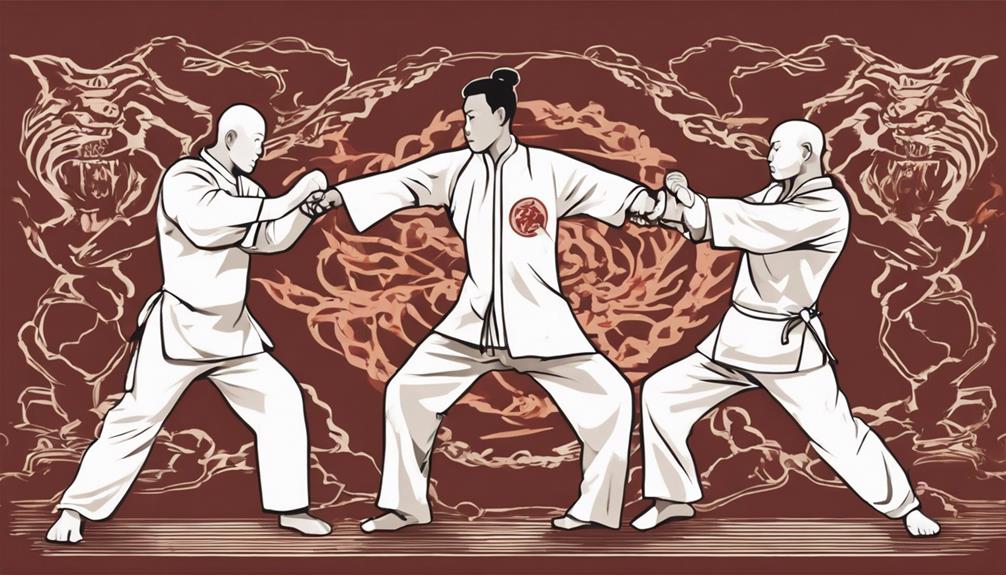
When considering self-defense techniques, Wing Chun and Tai Chi offer distinct approaches that cater to various combat scenarios, each capitalizing on unique strategies for personal protection.
| Aspect | Wing Chun | Tai Chi |
|---|---|---|
| Focus | Quick, effective strikes | Redirecting, neutralizing force |
| Key Technique | Simultaneous blocking and attacking | Graceful movements for balance and harmony |
| Combat Scenario | Rapid responses in close-quarters | Managing space and flow in combat |
| Self-Defense Skills | Direct and efficient neutralization of threats | Promoting inner calmness for better reactions |
| Benefit | Immediate control over the situation | Long-term health and awareness benefits |
Both martial arts enhance self-defense skills through their unique philosophies, offering tailored solutions for personal safety.
The Role of Mindfulness

In exploring the role of mindfulness in Wing Chun and Tai Chi, you’ll find it’s pivotal not just for mastering techniques but also for enhancing combat strategy.
Through focused practice, both martial arts improve your ability to remain attentive and responsive, allowing for heightened awareness in high-pressure situations.
This aspect not only sharpens your focus but also cultivates a sense of calm, essential for making quick, effective decisions during a confrontation.
Mindfulness in Combat Strategy
How does mindfulness serve as a pivotal element in the strategic framework of combat within martial arts like Wing Chun and Tai Chi?
Mindfulness, at its core, enables you to remain present and keenly aware of your opponent’s movements. It’s not just about physical readiness but also mental preparedness, where your awareness becomes your greatest asset. Here’s how mindfulness integrates into combat strategy:
- Enhances your ability to stay focused on your opponent’s actions.
- Allows for a deeper connection with your inner energy and that of your adversary.
- Aids in anticipating and reacting effectively to an opponent’s moves.
- Promotes calmness and clarity, essential for making swift, informed decisions under pressure.
In essence, the mindfulness you cultivate significantly impacts your awareness, timing, and decision-making during engagements, making it a cornerstone of martial arts strategy.
Enhancing Focus Through Practice
Practicing mindfulness significantly enhances your focus and awareness in martial arts like Tai Chi and Wing Chun, serving as the foundation for mastering combat techniques and strategies. This concentrated state is not just about physical prowess but also about enhancing physical and mental coordination, crucial for both defense and offense.
| Tai Chi | Wing Chun |
|---|---|
| Focus on internal energy | Quick, precise strikes |
| Fluid movements | Enhance physical response |
| Harmonious mind and body | Swift reaction to change |
In Tai Chi, mindfulness fosters a connection between mind and body, promoting fluidity in movements. Wing Chun, on the other hand, leverages mindfulness to enhance physical responses, allowing for quick and precise strikes. Both disciplines emphasize breath control and mental concentration, underlining the role of mindfulness in enhancing focus, a vital element in martial arts mastery.
Legendary Practitioners and Influences
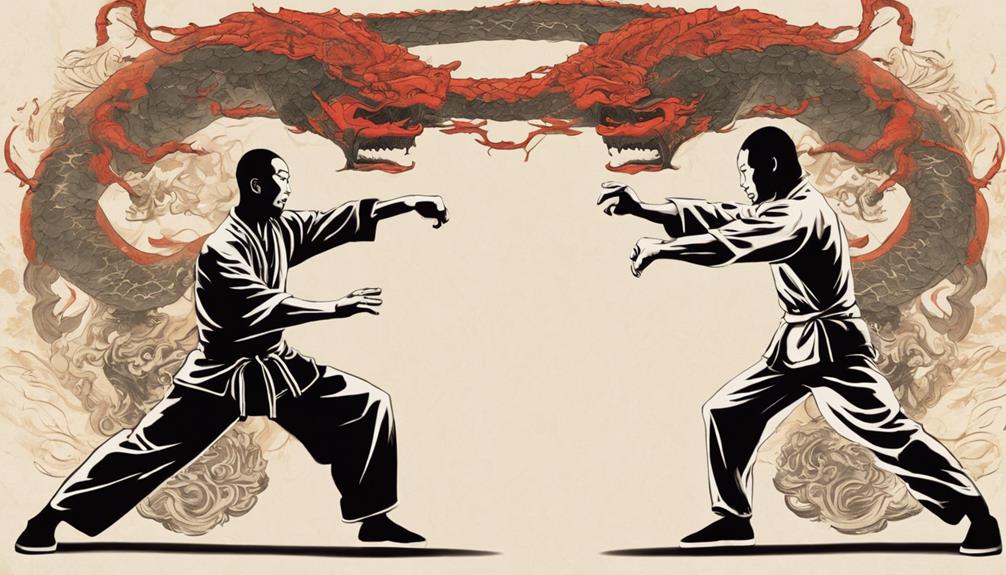
The legendary founders of Tai Chi and Wing Chun, Zhang Sanfeng and Yim Wing Chun respectively, have imbued these martial arts with profound philosophical and animal-inspired techniques that continue to influence practitioners worldwide. Their stories not only highlight the rich history of these disciplines but also underscore the deep connection between martial arts and spiritual development.
Consider the following aspects that these legendary practitioners have influenced:
- Philosophical Foundations: Tai Chi’s Taoist principles and Wing Chun’s pragmatic approach offer a unique blend of spirituality and practicality.
- Technique Inspiration: The emulation of crane and snake movements in Wing Chun techniques showcases the innovative application of natural observations.
- Historical Context: Both arts matured during periods of significant socio-political upheaval, influencing their development and dissemination.
- Cross-Cultural Exchange: Over centuries, these martial arts have absorbed influences from various philosophies and other martial arts, enriching their practices.
Conclusion
In conclusion, when you weigh Wing Chun against Tai Chi, you’re not just comparing martial arts; you’re exploring contrasting philosophies of combat and life. Wing Chun’s focus on swift, efficient strikes contrasts with Tai Chi’s emphasis on fluidity and internal energy.
Each offers unique benefits, from self-defense to inner harmony. Your choice should align with your personal goals and spirit. Remember, the true mastery lies in understanding the depth and applying the principles beyond the dojo into daily life.


